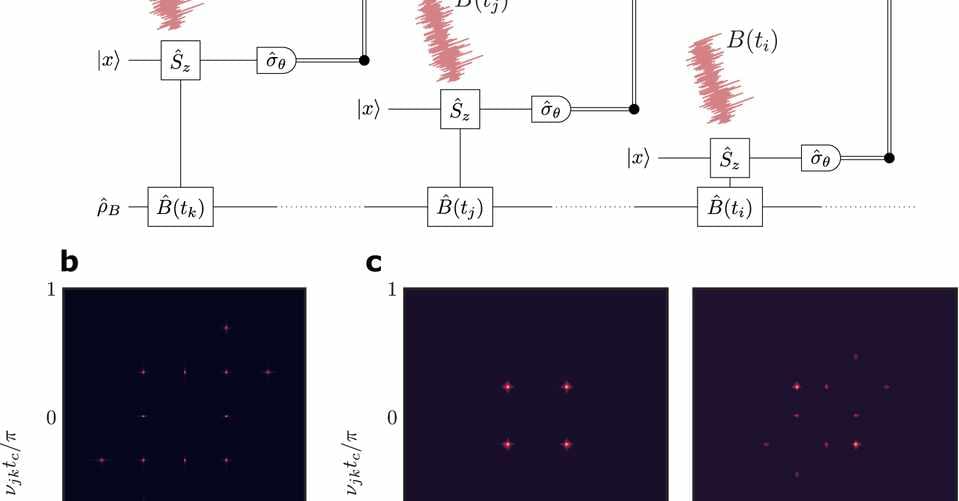Nitrogen-vacancy (NV) center in diamond is a promising quantum sensor with remarkably versatile sensing capabilities. While scanning NV magnetometry is well-established, NV electrometry has been so far limited to bulk diamonds. Here we demonstrate imaging external alternating (AC) and direct (DC) electric fields with a single NV at the apex of a diamond scanning tip under ambient conditions. A strong electric field screening effect is observed at low frequencies. We quantitatively measure its frequency dependence and overcome this screening by mechanically oscillating the tip for imaging DC fields. Our scanning NV electrometry achieved an AC E-field sensitivity of 26‰mV‰Î¼m ˆ’1‰Hz ˆ’1/2, a DC E-field gradient sensitivity of 2‰V‰Î¼m ˆ’2‰Hz ˆ’1/2, and sub-100‰nm resolution limited by the NV-sample distance. Our work represents an important step toward building a scanning-probe-based multimodal quantum sensing platform.






